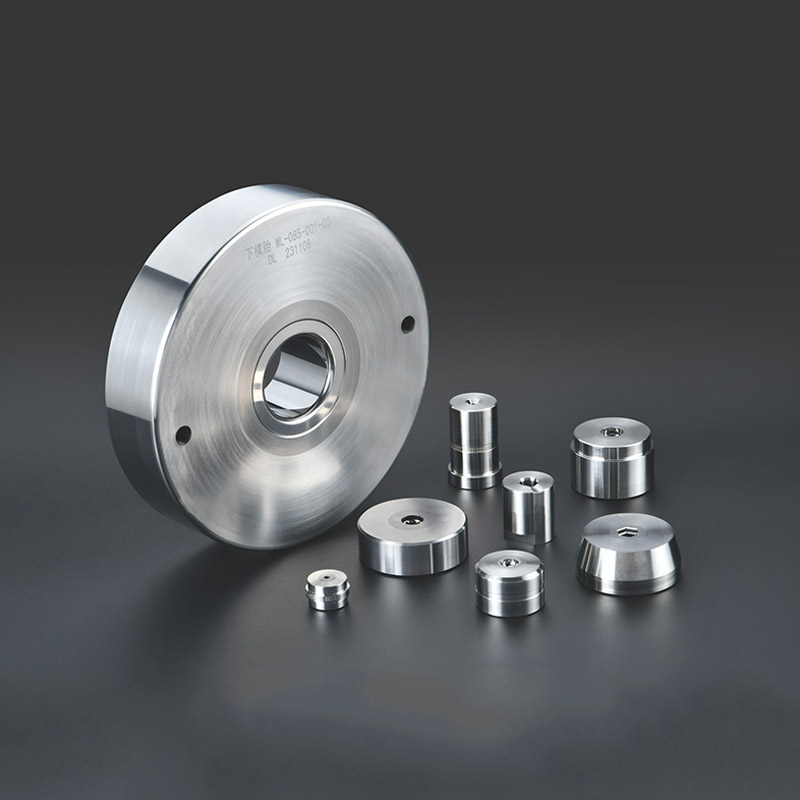Heading Screw Mold: Comprehensive Guide
Introduction
The Heading Screw Mold is a specialized tool used in cold forming processes to manufacture screws, bolts, and other threaded fasteners with high precision. These molds are designed to withstand extreme pressures and repetitive use while maintaining dimensional accuracy. Below is a detailed breakdown of its characteristics, applications, and maintenance procedures.

Characteristics of Heading Screw Molds
Heading Screw Molds are engineered for durability and precision. Key features include:
Material: Typically made from high-grade tool steel such as SKD11 (JIS) or D2 (AISI), with a hardness range of 58-62 HRC to resist wear.
Surface Finish: Polished to a mirror finish (Ra ≤ 0.2 µm) to reduce friction and improve fastener quality.
Tolerance: Maintains tight tolerances of ±0.01 mm for consistent thread formation.
Load Capacity: Designed to withstand forming pressures up to 2,500 MPa without deformation.
Temperature Resistance: Operates effectively in temperatures ranging from -20°C to 300°C.
Applications of Heading Screw Molds
Heading screw molds are widely used in industries requiring high-volume fastener production:
Automotive: Manufacturing engine bolts, wheel studs, and transmission components with M4-M24 thread sizes.
Aerospace: Producing high-strength titanium fasteners with tensile strengths exceeding 1,000 MPa.
Construction: Creating anchor bolts and structural screws with corrosion-resistant coatings.
Electronics: Fabricating miniature screws for devices, with diameters as small as 0.5 mm.
Maintenance of Heading Screw Molds
Proper maintenance ensures longevity and performance:
Cleaning: Use ultrasonic cleaners with non-corrosive solvents to remove metal debris after every 50,000 cycles.
Lubrication: Apply high-temperature grease (e.g., MoS2-based) to sliding surfaces every 8 hours of operation.
Inspection: Check for cracks or wear using 10x magnification and replace molds showing >0.05 mm wear.
Storage: Keep in a dry, temperature-controlled environment (20-25°C, 40-60% RH) with vapor-corrosion inhibitors.
Conclusion
Heading screw molds are critical for precision fastener production across multiple industries. Their robust design, coupled with proper maintenance, ensures optimal performance and extended service life.











